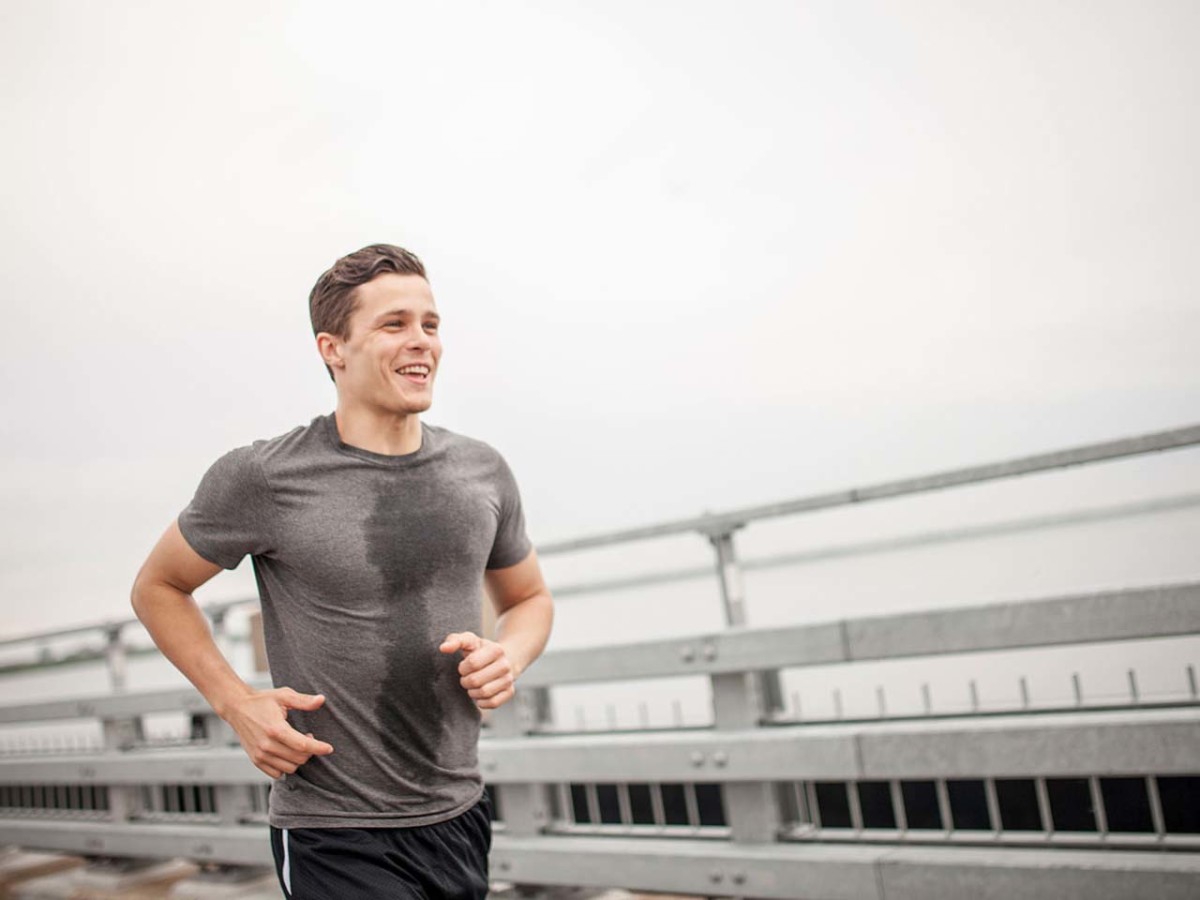Say Goodbye to Chafe: A Runner’s Guide to Prevention and Treatment

Chafing—it’s the uninvited guest at every runner’s party. Whether you’re a seasoned marathoner or just starting out, those raw, painful patches of skin can make even the most beautiful run feel like a battle. Let’s dive into why it happens, the most common areas affected, and how to prevent and treat it. Bonus: I’ll share some standout Australian-made anti-chafe products that’ll keep you running smooth!
What causes chafing?
Chafing happens when skin repeatedly rubs against skin, clothing, or gear, often in the presence of sweat. This friction wears down the skin’s outer layer, leading to redness, irritation, and sometimes even blisters. Combine that with Australia’s warm, humid conditions, and you’ve got the perfect storm for chafing.
Common chafe zones for runners
- highs: Inner thigh chafing is a classic. For many, the rubbing of skin or ill-fitting shorts is a recipe for discomfort.
- Underarms: Sleeveless tops and the swinging motion of your arms can lead to irritation here.
- Chest (Nipples): Particularly for men, nipple chafing is a notorious issue, often exacerbated by sweat and abrasive fabrics.
- Sports Bra Lines: Women frequently experience chafing under the band or straps of sports bras, especially if they’re not the right size.
- Feet: While blisters are more common, wet socks and ill-fitting shoes can cause chafing around toes and heels.
How to prevent chafing
-
Choose the Right Gear
- Invest in moisture-wicking, seamless, and well-fitted clothing. For runners, compression shorts or leggings can reduce friction.
- Make sure your sports bra or running top fits snugly but doesn’t dig into the skin.
-
Stay Dry
- Sweat intensifies friction, so use powders or absorbent body wipes before heading out.
- In wet weather, prioritize quick-drying materials to minimize soggy chafe zones.
-
Lube Up
- Applying anti-chafe balms or creams to high-risk areas creates a protective barrier.
- Some top Australian-made options include:
- Dermal Therapy Chafing & Sweat Rash Cream: Long-lasting and sweat-resistant.
- Body Glide Anti-Chafe Stick: Popular and effective, with an eco-friendly formula.
- premax Anti Friction Balm: An Aussie favourite that’s light-weight and focused on performance.
-
Layer Smartly
- Avoid cotton, which retains moisture, and opt for synthetic or merino wool blends.
- For men, protect your chest with band-aids or specialist nipple guards (yes, they exist!).
-
Hydrate and Fuel Wisely
- Proper hydration can minimize salt buildup on your skin, which can make chafing worse.
- Post-run, rinse off sweat to keep skin healthy and irritation-free.
How to treat chafe
-
Clean the Area Gently
- Use lukewarm water and a mild soap to clean affected skin. Avoid scrubbing—it’ll only make things worse.
-
Soothe the Burn
-
Let It Breathe
- Keep the area dry and allow it to air out. Wear loose-fitting, breathable clothes while you recover.
-
Avoid Rubbing
- Temporarily stop running or modify your gear to avoid further irritation.
My Aussie Anti-Chafe Arsenal
Living in Australia’s heat, I’ve tried my fair share of anti-chafe products. My go-to? premax Anti Friction Balm: An Aussie favourite that’s lightweight, sweat-proof, and made for our rugged climate. Plus, their all-natural formula makes it a great choice for sensitive skin.
Chafing might be common, but it doesn’t have to ruin your run. With the right preparation and recovery plan, you can kiss those painful patches goodbye and focus on what really matters—enjoying every step of the journey.
